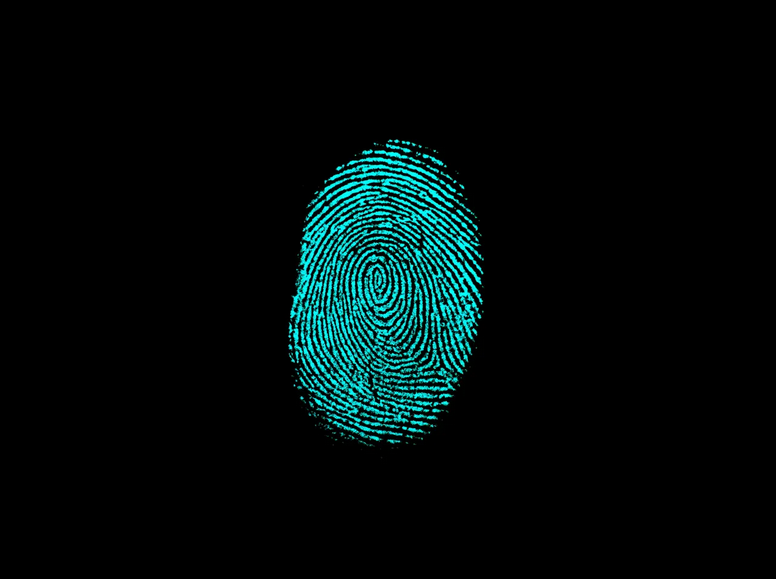Introduction
In an age where cyber threats are more prevalent than ever, digital forensics has become a crucial field in law enforcement, corporate security, and even personal cybersecurity. Digital forensics involves the identification, preservation, analysis, and presentation of electronic evidence to support investigations. Whether it’s a corporate data breach, cyber fraud, or an act of cyberterrorism, digital forensics plays a vital role in uncovering the truth and bringing perpetrators to justice.
What is Digital Forensics?
Digital forensics is a branch of forensic science that focuses on recovering and analyzing data from digital devices, including computers, mobile phones, networks, and cloud-based systems. It aims to gather evidence that can be used in a court of law or in an internal investigation. The process involves several steps:
Identification – Recognizing potential digital evidence.
Preservation – Ensuring the integrity of the evidence by creating exact copies and preventing tampering.
Analysis – Examining data for relevant information using specialized forensic tools.
Documentation – Recording findings and maintaining a chain of custody.
Presentation – Providing reports or expert testimony in legal or investigative proceedings.
Key Areas of Digital Forensics
There are several branches of digital forensics, each with its unique approach and challenges:
Computer Forensics: Investigates data stored on computer systems and storage devices.
Network Forensics: Monitors and analyzes network traffic to detect cybercrimes such as hacking or unauthorized data transfers.
Mobile Forensics: Extracts and analyzes data from smartphones and other mobile devices.
Cloud Forensics: Deals with retrieving data from cloud storage and virtual environments.
Malware Forensics: Focuses on analyzing malicious software to understand how cyberattacks were carried out.
Importance of Digital Forensics in Cybercrime Investigations
Digital forensics plays a critical role in solving cybercrimes. Some of its key contributions include:
Tracing Cybercriminals: Helps track down hackers, fraudsters, and cyber terrorists.
Preventing Data Breaches: Identifies vulnerabilities in security systems before they can be exploited.
Supporting Legal Cases: Provides concrete digital evidence that can be presented in court.
Recovering Lost Data: Assists in retrieving deleted or corrupted files crucial for investigations.
Challenges in Digital Forensics
Despite its effectiveness, digital forensics faces several challenges:
Encryption and Anonymity: Advanced encryption techniques make it harder to access digital evidence.
Rapidly Evolving Technology: Constant technological advancements require forensic experts to continuously update their skills and tools.
Legal and Ethical Issues: Ensuring privacy rights while investigating digital evidence is a complex issue.
Data Volume and Complexity: The sheer volume of digital data and the complexity of networks pose significant challenges.
Conclusion
Digital forensics is an indispensable tool in modern cybersecurity and law enforcement. As cyber threats continue to grow, the need for skilled digital forensic experts has never been greater. By staying ahead of technological advancements and addressing emerging challenges, digital forensics will continue to be a crucial field in combating cybercrime and ensuring digital safety for individuals and organizations alike.
Phelix Oluoch
Founder
PhelixCyber

